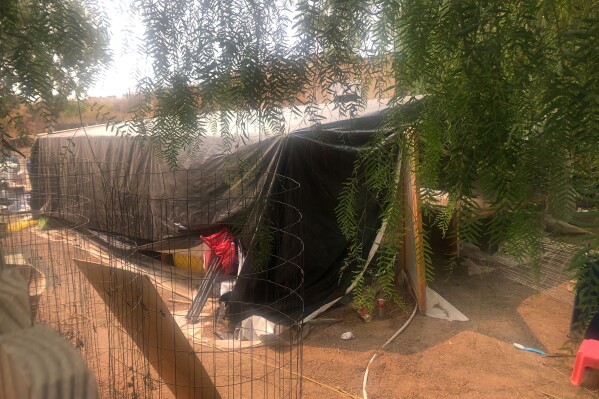Cyclical Violence: Investigating the Depths of the Illegal Marijuana Trade and its Grisly Outcomes
Introduction
In the dimly-lit labyrinth of the criminal underworld, a snapshot of a moment reveals a chilling tale of inter-gang carnage. A small rural town in Southern California has become the setting for a story woven with threads of organised crime, brutality, and survival.
Unearthing the Dark Underbelly of the “Green Rush”
Southern California: A Hotbed of Illicit Activity
The grim reality in Riverside County unfolded with the discovery of seven murdered individuals, tragically victimized amidst the frenzy of an illegal marijuana operation in 2020. As the narrative unwinds, we learn that the victims, who were of Laotian descent, are believed to have been targeted by members of a Laotian gang.
The Irony of a Legal High
The locus of this tragedy was a large-scale, unauthorized cannabis farm. Aside from the human casualties, the authorities found over 1,000 marijuana plants and several hundred pounds of processed marijuana. These findings drive home the complexity and schism of marijuana industry, which, while legal in the state since 2018, nonetheless has a pervasive and persistent black market.
The Economic Attraction of the Illicit Marijuana Market
The Cost of Going Legal
The thriving illegal market for marijuana, despite its broad legalization, speaks to the economic paradox that fuels its continued existence. One might wonder, why does such a market persist? It would seem that maintaining a covert operation amid the potential legal consequences would be more trouble than it’s worth. However, the answer often lies in the exorbitant taxes levied upon legal projects. Operational costs in the legal market can be prohibitive, inadvertently making the illicit market attractive to both sellers and buyers seeking a more pocket-friendly option.
Fighting the Illegal Marijuana Operation: Not Just a Matter of Law, but of Livelihoods
The Aguanga Massacre: A Symptom of a Larger Problem
The shocking incident at the small community of Aguanga, nestled in the mountains about 50 miles northeast of San Diego, serves as a stark reminder of the terrifying reach of criminal organizations. The disproportionate response expressed via gunfire within this community, itself harboring an illegal marijuana operation, underscores the escalating violence associated with the illicit drug business, but also stresses the degree to which marginalised communities may feel pressured into such business models as an economic necessity.
The Legal Balance: Can a Middle Ground be Found?
The Aguanga massacre highlights the urgent need for the law enforcement agencies and legislative bodies to strike a balance in upholding the law while simultaneously considering the economic motivations that drive such illegal operations. Approaching the legalization and regulation process with a broad understanding of the economic influences at play could lead to more robust and effective policies in the long term.
Conclusion
Breaking the Unseen Chains
Placing the public spotlight on the horrific violence that unfolded in Aguanga sheds light on the crucial battle that persists within the shadows of the legal drug trade. It is crucial that we continue to analyze and discuss these topics, seeking solutions that respect both the rule of law and the economic realities that drive individuals to participate in illegal activities. In recognising this, we can hope to inspire changes that lead to the dismantling of problematic black market industries, without inadvertently pushing vulnerable communities further into the margins.
Originally Post From https://www.pressdemocrat.com/article/news/authorities-suspect-gang-members-involved-in-7-killings-at-southern-califor/?ref=recent
Read more about this topic at
Authorities suspect gang members killed 7 workers at a …
San Diego gang linked to 2020 mass murder in Aguanga


